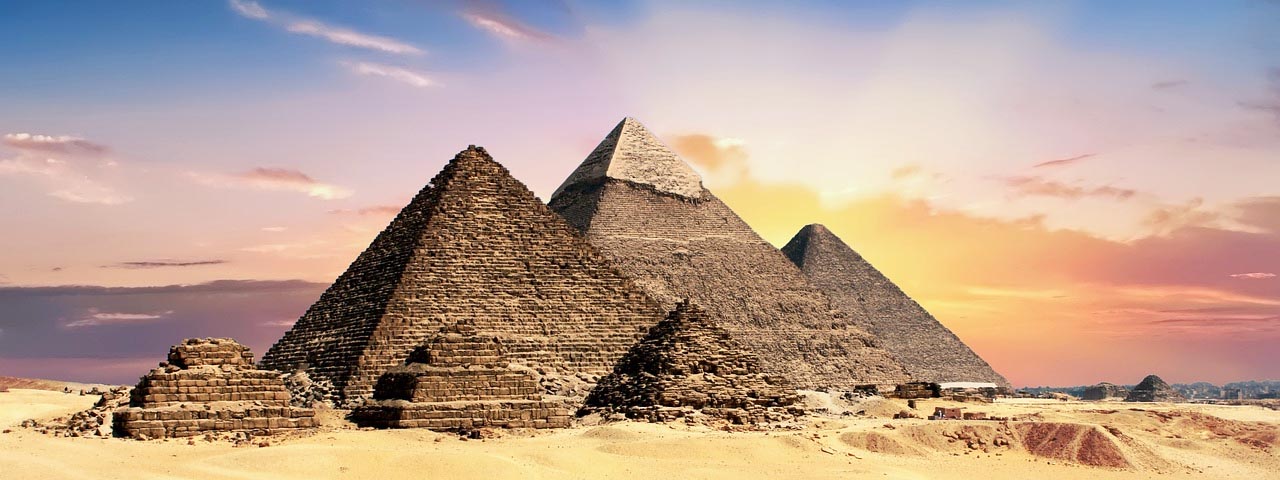Location of Ancient Egypt: A Geography Shaped by the River Nile
Ancient Egypt, one of history’s most enduring and influential civilizations, was strategically located in a place of geographic distinction. Its geographic features, particularly the River Nile, were instrumental in the civilization’s growth and sustainability. Understanding the location of ancient Egypt helps in appreciating how geography shapes culture, society, and history.
Geographic Location
Ancient Egypt was located in the northeastern corner of Africa, bounded by the Mediterranean Sea to the north, the deserts to the east and west, and the cataracts of the Nile to the south. This geographic setting, while isolated, provided a certain level of protection and facilitated the development of a distinct, self-contained civilization.
The Life-Giving Nile
The Nile River, the longest river in the world, was the lifeblood of ancient Egypt. It flows from south to north, with its source in central Africa and its mouth at the Mediterranean Sea. The fertile valley and delta of the Nile provided the necessary arable land for agriculture, the primary economic activity in ancient Egypt. The annual inundation of the Nile brought silt and clay to the fields, enriching the soil and facilitating farming.
Upper and Lower Egypt
Ancient Egypt was divided into two regions: Upper and Lower Egypt. Despite their names, Upper Egypt is the southern region, stretching from the southern limit of modern-day Egypt to the area around Memphis near Cairo. This is due to the flow of the Nile from the highlands of East Africa to the low-lying Mediterranean Sea. Lower Egypt refers to the northern region, specifically the fertile Nile Delta.
Natural Borders
The deserts to the east and west of the Nile Valley served as natural barriers against invaders, protecting the civilization and allowing it to flourish relatively undisturbed for many centuries. To the south, the Nile cataracts (areas of rocky rapids) also provided a natural barrier, helping to limit foreign incursions from that direction.
Conclusion
The location of ancient Egypt played a significant role in shaping the civilization’s development and sustainability. The River Nile, in particular, was a defining geographic feature, providing both life-sustaining resources and a means of transportation. The natural borders of deserts and cataracts offered security, allowing this remarkable civilization to develop and maintain its unique culture for thousands of years. As we examine the location of ancient Egypt, we gain valuable insights into the intimate relationship between geography and the course of human civilization.
Links:
Wikipedia: Ancient Egypt
History Channel: Ancient Egypt
Live Science: Ancient Egypt
Ancient Egypt for Kids
British Museum: Ancient Egypt
